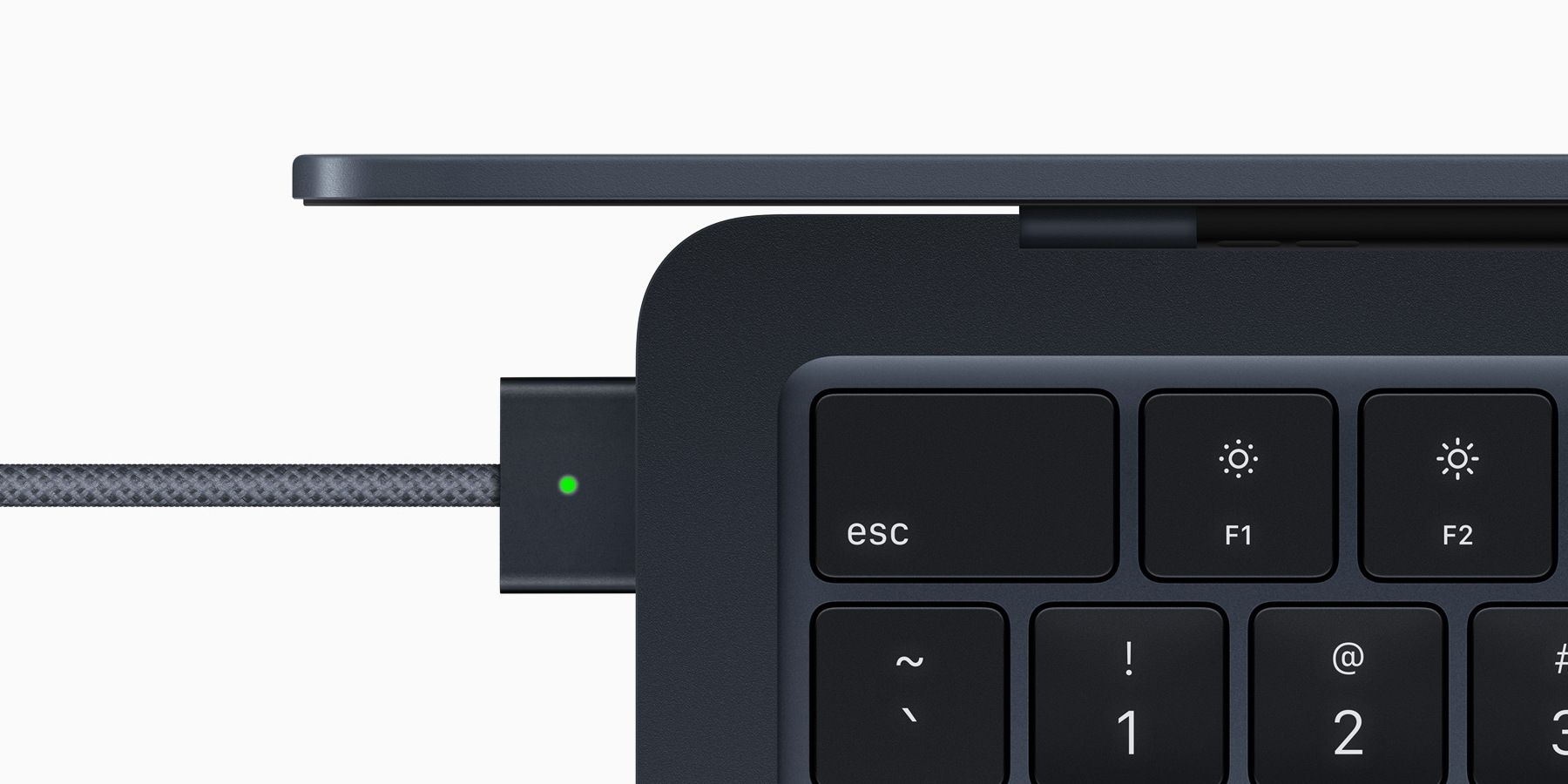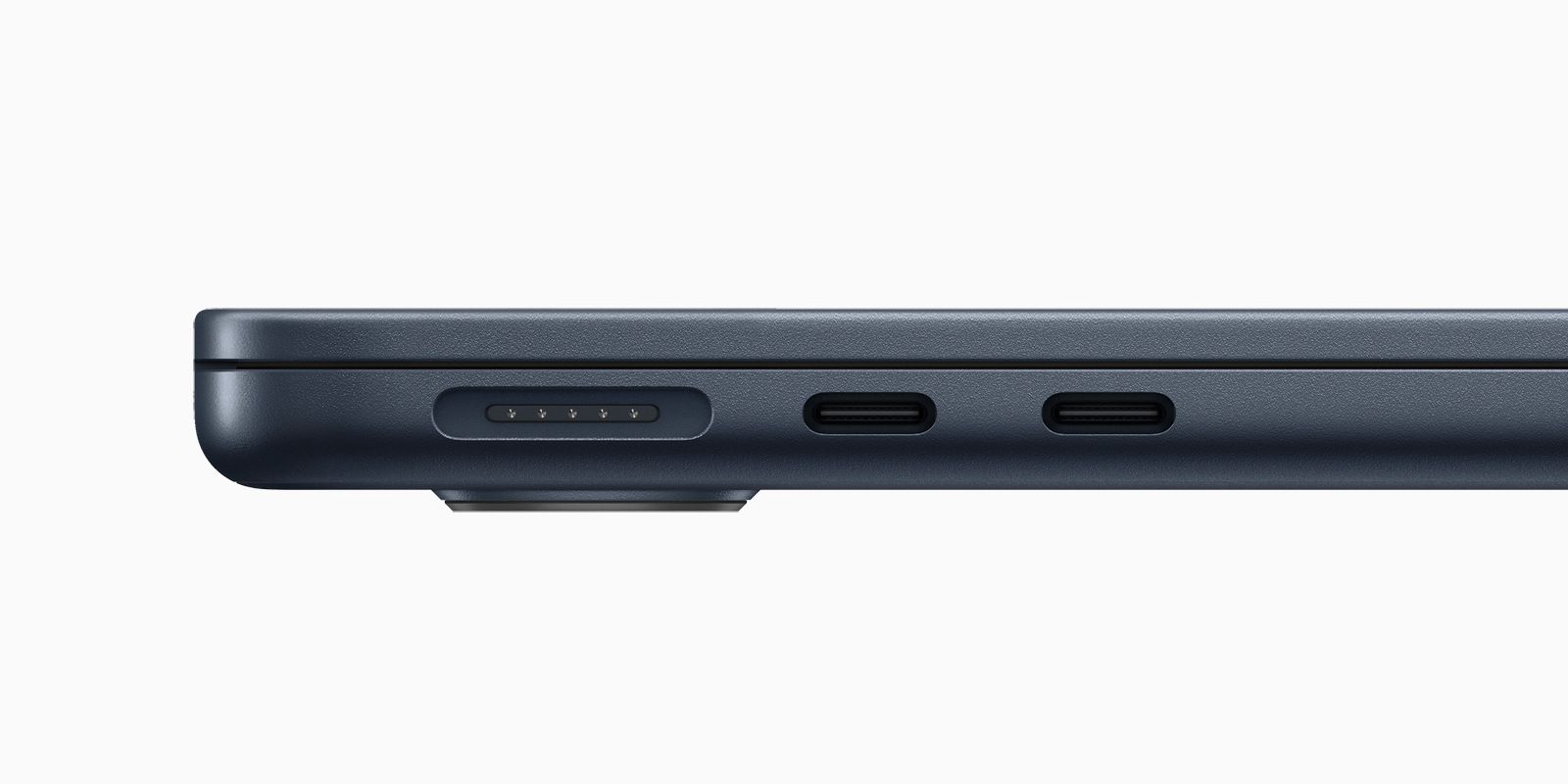The EU's directive to standardize USB-C across 15-categories of devices, including laptops, came as a bad omen for proprietary chargers, putting Apple's MagSafe ambitions in jeopardy for the future of MacBooks. Apple only revived the MagSafe charging interface with the new 14-inch and 16-inch MacBook Pro that hit the shelves last year. And it appears the revival will stay for at least the next few years. Earlier this month, Apple introduced its redesigned MacBook Air, complete with a MagSafe charging port on its left edge.
Given Apple's strategy, product innovations, or even new design elements, tend to last for at least a few generations. Even not-so-well-received features like the Touch Bar survived for a few years. And interestingly, it again made an appearance in the M2-powered MacBook Pro that made its debut earlier this week. The resurrected MagSafe is less than a year old, and it is unlikely that Apple will put it on ice so quickly. So, how will Apple balance the EU's port restrictions and support the MagSafe cause?
Unlike iPhones and the "almost certainly doomed" Lightning port, the EU's mandate doesn't come with a take-it-or-leave-it clause for the MagSafe. Yes, the EU's mandate wants to standardize laptop charging ports, but that doesn't mean Apple's MagSafe has to die. Or Microsoft's Surface Connect port, for that matter. Despite offering the MagSafe port for charging, a MacBook can also be juiced up via its charging port. You just need a brick that can supply adequate wattage. Plus, a USB-C cable with Power Delivery (USB-PD) certification to carry the required amount of electrical power. Apple doesn't force MacBook users to exclusively stick with the MagSafe port for charging. Neither does Microsoft, with the Surface Connect port on its Surface line of laptops and tablets. To put it simply, word, the MagSafe will survive.
The MagSafe Will Live On
The European Union simply wants a one-port-for-all-devices solution and wants to extend that convenience to chargers. The primary goal is not to indiscriminately kill proprietary chargers and ports but to harmonize the ecosystem to cut down on consumer spending and reduce the e-waste burden. "Imposing a USB type C charging port on the radio equipment is sufficient to address the inconvenience faced by the consumers that are not capable of charging their device because there is no charger at their disposal," says the European Council on page No. 7 of its proposal. Apple can continue selling MacBooks with a MagSafe port in the bloc if they allow charging via the USB-C port. For those worried about the charging bricks not meeting the required wattage of their laptops, especially MacBook buyers in Europe, the EU also has plans to harmonize charging speeds for devices that support fast charging.
Plus, the new R3.1 standard for USB-PD got a new enhancement called Extended Power Range that takes the raw power output to 240 Watt by supplying a 5A current at 48V. And that means even the beefier M1 Pro and M1 Max-powered MacBook Pro are covered. The EU has given a window of 40 months to make the transition. That window is crucial, as laptop makers need to prepare for the USB-C port upgrades to offer the best output possible on their machines while also lining up cables that can deliver all that power. Apple will participate in that wave, but to do so, the company doesn't need to kill the MagSafe for MacBook users in other parts of the world. Yes, the MagSafe port comes with its own set of advantages, but it appears that MacBook users in the EU bloc will just have to learn how to live without them.
Sources: European Parliament, European Council


